Environmental protection

Environmental policy
The careful and rational use of natural resources, environmental risk reduction, the prevention and mitigation of a negative environmental impact in the operating regions — all of these are ALROSA’s priorities. By funding environmental protection activities every year, we make our contribution to sustainable development and to creating a greener world for future generations. Our environmental project funding between 2019 and 2023 is expected to reach approximately 30 billion rubles.
ALROSA is gradually and systemically reducing its adverse environmental impact, deploying new innovations and technologies, and improving the environmental staff training system to address the production evolution and the changes in external requirements.
The key guidelines for ALROSA’s environmental management system are provided in the Environmental Policy. This document sets forth the following essential principles:
- Compliance with national and international laws on protecting the environment;
- The reduction of negative environmental impact, facilitated by administrative and technical decisions in line with the most important environmental aspects of the company’s activities;
- Continuous improvement of the environmental management system;
- Introduction of the latest technologies, aimed at achieving top levels of environmental safety across all of the company’s activities;
- Environmental awareness improvement among employees; employee engagement in projects aimed at reducing environmental hazards;
- Open and accessible environmental information; awareness of environmental protection projects among all stakeholders.
Directions of the Environmental Policy
ALROSA is taking a comprehensive set of measures to protect the hydrosphere. These include:
- deploying water reclamation systems at production facilities to reduce their clean water intake;
- reducing the volume of pollutants emitted into the environment by upgrading the purification facilities and using biological (aerobic and anaerobic) purification processes that use activated sludge in weighted and attached biocenosis;
- completely eliminating the possibility surface-level brine contamination by expanding the current network of drainage water injection wells.
One of ALROSA’s vital environmental projects involves shifting to a water reclamation system at its ore treatment facilities: the water purifies itself during the treatment process and then is reused as the next production cycle begins. This means that the facility no longer requires clean water from the nearby rivers and lakes.
ALROSA has designed and deployed a special methodology for the quantitative evaluation of production facilities’ greenhouse gas emissions in CO2 equivalent. We are striving to minimize our negative impact through numerous environmental projects, which are yielding more and more positive results every year. ALROSA’s vehicles are shifting from liquid fuel to the more environmentally friendly natural gas, while our boilers are moving away from petroleum and residual fuel oil; we are also installing solar panels and making active use of hydropower. ALROSA already operates as many as 300 equipment units powered by natural gas.
ALROSA is recultivating the land that was previously used for mining operations, recreating the natural environment that existed there before diamond mining began. We are restoring fertile soils and plant herbs, shrubs, and trees in areas surrounding all of our ore treatment plants in Yakutia, as well as in areas where our geological expeditions operate. ALROSA will restore and reclaim 4,290 hectares of land at exploration sites by 2029. It is planned to restore topsoil and plants on the territories of processing plants’ tailings facilities in Mirny and Aikhal and other lands once the development of deposits ends.
ALROSA is continuing to research and monitor the migration of the Lena-Olenyok reindeer population around the company’s production facilities. Our experts collar reindeer specimens with Pulsar devices connected to the Argos satellite system.
The years of monitoring have helped our company design reindeer crossings at different points of our industrial infrastructure lines. For instance, ALROSA’s ecologists recorded the timelines of the spring and fall migration of wild reindeer across the highway to the Verkhnyaya Muna diamond deposit. They determined the precise number of reindeer migrating in the area and mapped the GPS coordinates of the key places where large herds crossed the highway; this data was used to create smoother crossings and to minimize the likelihood of reindeer crossing paths with humans.
ALROSA also helps replenish the resources in water-based ecosystems by annually stocking bodies of water with valuable fish species. We have been collaborating with the Chernyshevsky Fish Breeding Farm on the bank of the Vilyuy River since 2012.
Most of the waste coming from ALROSA facilities is generated by diamond mining (99.99%) — namely, class 5 hazard waste (not hazardous, harmless for humans) associated with mining and processing ore: barren overburden rock and diamondiferous ore treatment tailings.
We dispose of some of this waste at our own facilities: overburden rock and treatment tailings are used for reinforcing dams and terraces, as well as for construction, the technical recultivation of disturbed soil, and road maintenance.
To better control ecosystem conditions, ALROSA carries out extensive studies of all types of natural environments: our ecologists collect samples of water, bottom deposits, soil, atmospheric air, and waste on an annual basis.
As part of expanding our area of responsibility, we joined a collaborative comprehensive ecosystem research program with the Ministry of Environment Protection of the Republic of Sakha (Yakutia) in 2017, to study the environment in our operating locations.
Environmental projects
Diamond mining is a complex activity that affects the environment in a variety of ways. We are striving to minimize our negative impact through numerous environmental projects, which are yielding more and more positive results every year.
One of ALROSA’s vital environmental projects involves shifting to a water reclamation system at its ore treatment facilities: the water purifies itself during the treatment process and then is reused as the next production cycle begins. This means that the facility no longer requires clean water from the nearby rivers and lakes.
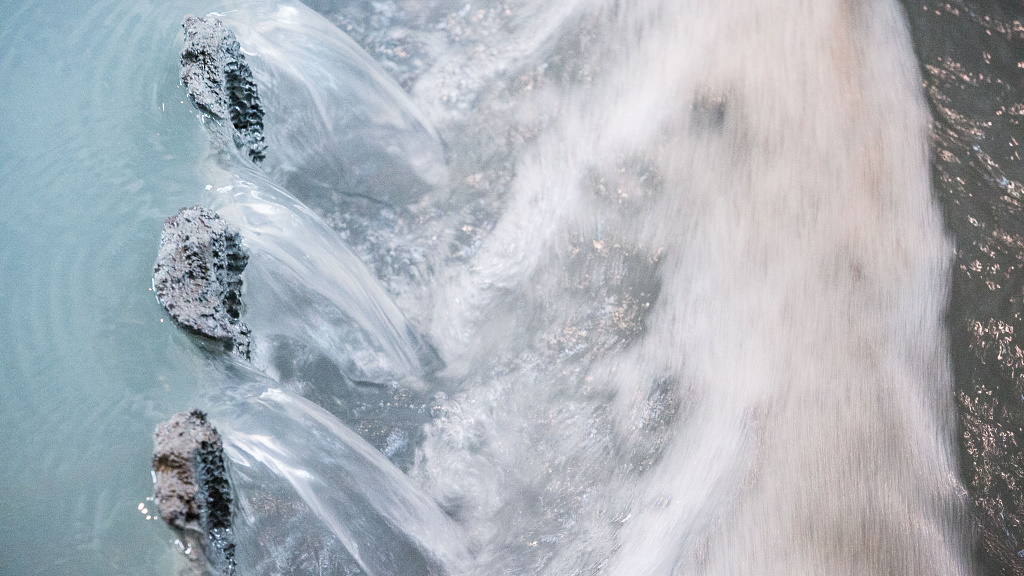
ALROSA is introducing efficient energy consumption technologies and building a single power supply management system. As of today, ALROSA has replaced over 90% of all its light sources with the more efficient LED lamps, in addition to optimizing the pump equipment at its ore treatment plants; this has helped it reduce its power consumption.
The remote location of our quarries and underground mines is making it rather hard to limit our consumption of fossil fuels, or to cut down our greenhouse gas emissions; nevertheless, ALROSA does use renewable energy to compensate for its fuel needs. Renewable sources account for over 64% of the energy consumed by ALROSA.
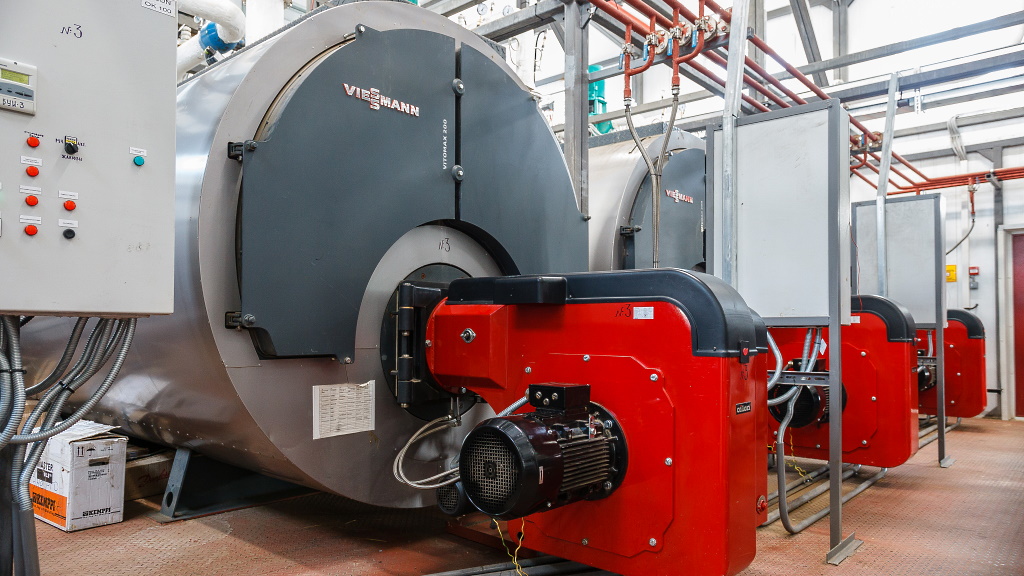
Decreasing the volume of greenhouse gases emitted into the atmosphere is one of ALROSA’s top priorities. Greenhouse gases are usually generated by the use of fossil fuels in our vehicles and equipment, as well as by power generation and consumption.
Another part of our emission reduction project is switching our vehicles from petrol and diesel fuel to natural gas.
At present, all passenger cars and other smaller vehicles owned by the Aikhal, Udachny, and Mirny Mining and Processing Divisions are using compressed natural gas (CNG).
As a further step after introducing CNG as an alternative fuel, we intend to switch the equipment we use at quarries to liquefied natural gas (LNG). This will help us increase our use of natural-gas-based motor fuel. We are currently looking for engines that can be powered by LNG.
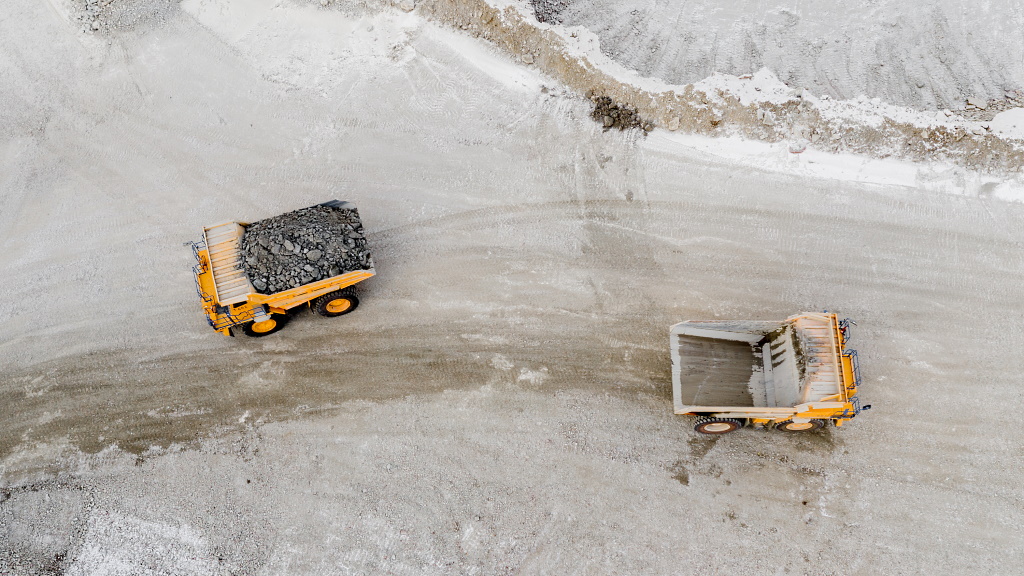
Over the past years, the company has built and reconstructed the following environmental protection facilities:
- the biological treatment facility in Mirny (renovated);
- the water drainage complex with an approach drift at the Udachny mine;
- the biological treatment facility in Lensk (built from scratch);
- saline water pumping unit and shaft water conduit built at the Aikhal mine;
- tailings dump at ore treatment plant No. 8 in Aikhal (renovated);
- drainage and shaft water pumping unit built in the Udachny left bank section;
- biological treatment block renovated at the Aikhal waste treatment facility;
- industrial waste and saline ore storage facilities built at the Mir mine;
- localized sewage water treatment unit installed at the Yubileynaya Pipe;
- tailing facility built in the Verkhne-Munskoye field;
- waste treatment complex renovated in Udachny;
- internal water cycle and water extraction process, along with the dump waste product transportation process, established at ore treatment plant No. 12 in Udachny.
ALROSA does not engage in industrial activity where it may potentially impact specially protected natural areas. For instance, the Living Diamonds of Yakutia Natural Park is located relatively close to some of our company’s structural subdivisions. 32 thousand hectares in size, the Park recreates natural conditions as closely as possible, and is home to rare animals of the Russian north: deer, moose, bison, muskoxen, Manchurian wapiti, hares, lynxes, and bears. There are currently 133 animals living in the park, including 26 cubs.
ALROSA ecologists release a variety of fish species into the wild when they are in the larval stage. The fish are hatched and nurtured at the Chernyshevsky Fish Breeding Farm on the bank of the Vilyuy River, which signed a special contract with ALROSA in 2012.
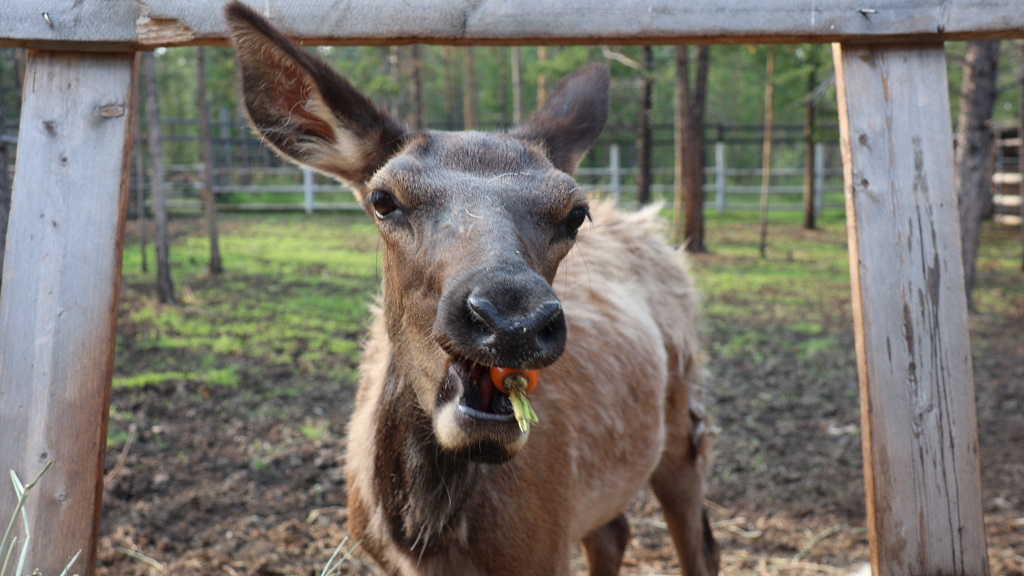
ALROSA closely monitors the Lena-Olenyok wild reindeer herds, which inhabit the area between the Lena and Anabar rivers in west Yakutia. The overall size of the reindeer habitat reaches 330 thousand square kilometers. The special transmitter collars that ALROSA ecologists put on the animals allow us to track the movement patterns of up to 90 thousand reindeer in a single herd. The monitoring program has provided us with clear timelines of the spring and fall reindeer migration around the highway leading to the Verkhnyaya Muna diamond deposit; we have determined the exact number of wild reindeer moving through the area, and minimized the risk of encounters with humans and domesticated reindeer. We have collared over 100 reindeer since the project’s inception.
In addition to the above, reindeer monitoring helps combat poaching. Poacher tracking is handled by a special squad called Zapad (West), which receives financial support from ALROSA, using the funds to buy motorboats and snowmobiles for raids and monitoring inspections.
In 2021, ALROSA in cooperation with the Ministry of Ecology of the Republic of Sakha (Yakutia) established a specially protected natural area on the territory of 64,152 hectares to preserve and increase the number of wild reindeer in Yakutia.
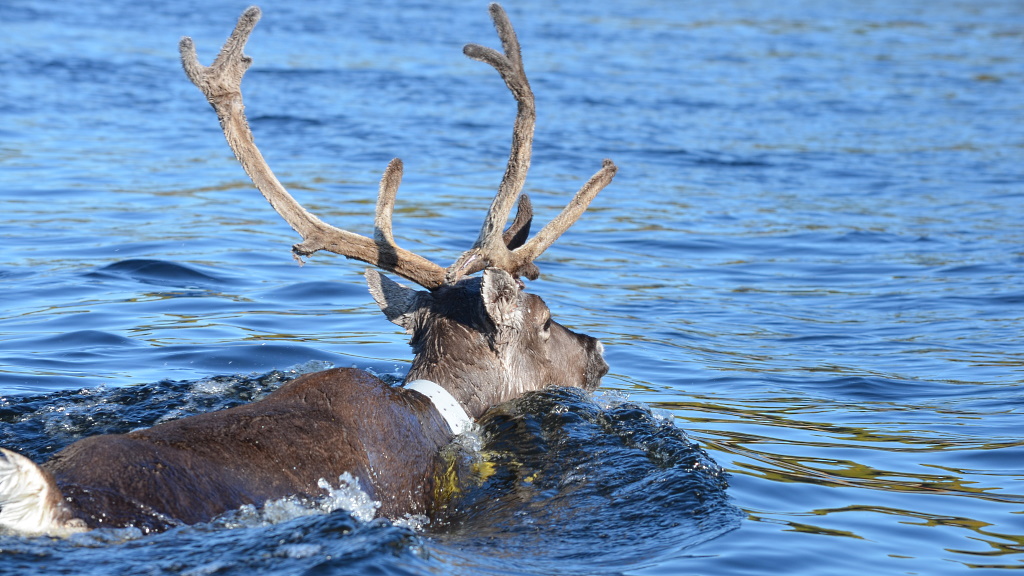
The ALROSA Environmental Center regularly initiates events in support of responsible attitude to the environment as well as preservation and enhancement of ethnic traditions of native peoples of Yakutia — such as:
- an eco event under the «Save Nature, Say NO to Plastic!» motto;
- the River Guard initiative (combating water pollution in protected areas around the local rivers and lakes; part of the Water of Russia nationwide event);
- the Rowan Grove event;
- the Day in the Life of an Ecologist event;
- the Green Pioneers of Yakutia republic-wide eco convention.
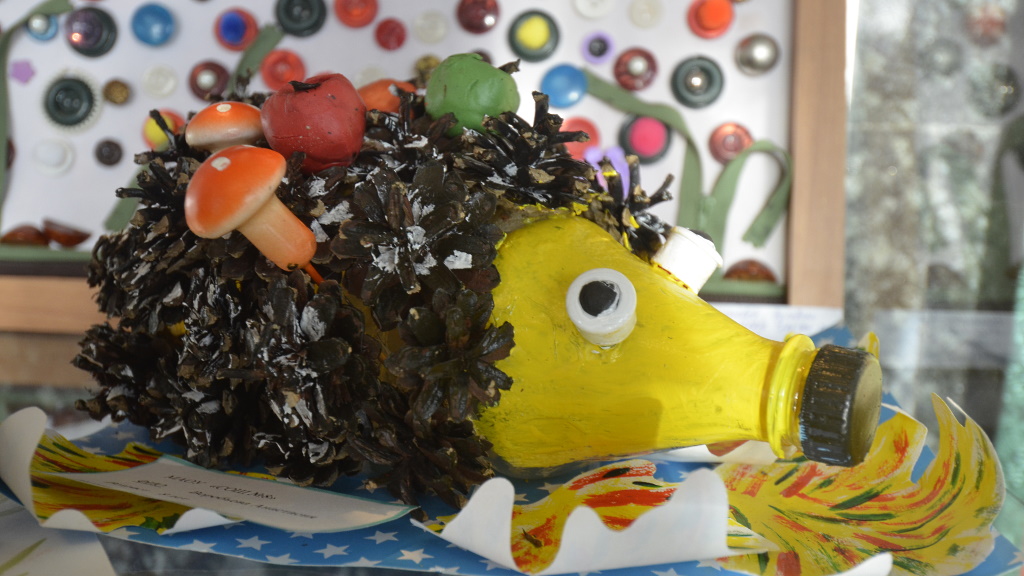
ALROSA’s eco center curates its own contest, Eco Leader, aimed at motivating and encouraging our employees to be more environmentally conscious. The contest is based on the results of in-house eco inspections, which we carry out at our structural subdivisions’ facilities.
Each subdivision taking part in the contest is evaluated on the basis of five criteria:
- handling industrial and consumer waste;
- protecting atmospheric air;
- protecting water bodies;
- protecting soils and vegetation;
- promptly responding to and eliminating incidents and violations.
At the end of the contest, we single out the ALROSA subdivisions and employees that have performed best when following environment protection guidelines. The winners receive cash prizes for the first, second, and third place.
Environmental Center
ALROSA Environmental Center is responsible for the development and implementation of the environmental strategy and for the management of the company’s environmental projects. Among the main goals of the center is the improvement of the environmental management system which is an important tool for the company governance and for reducing the environmental burden. In 2020 ALROSA has completed the next stage of the environmental management system re-certification for ISO 14001:2015 compliance.
-
Environmental policy